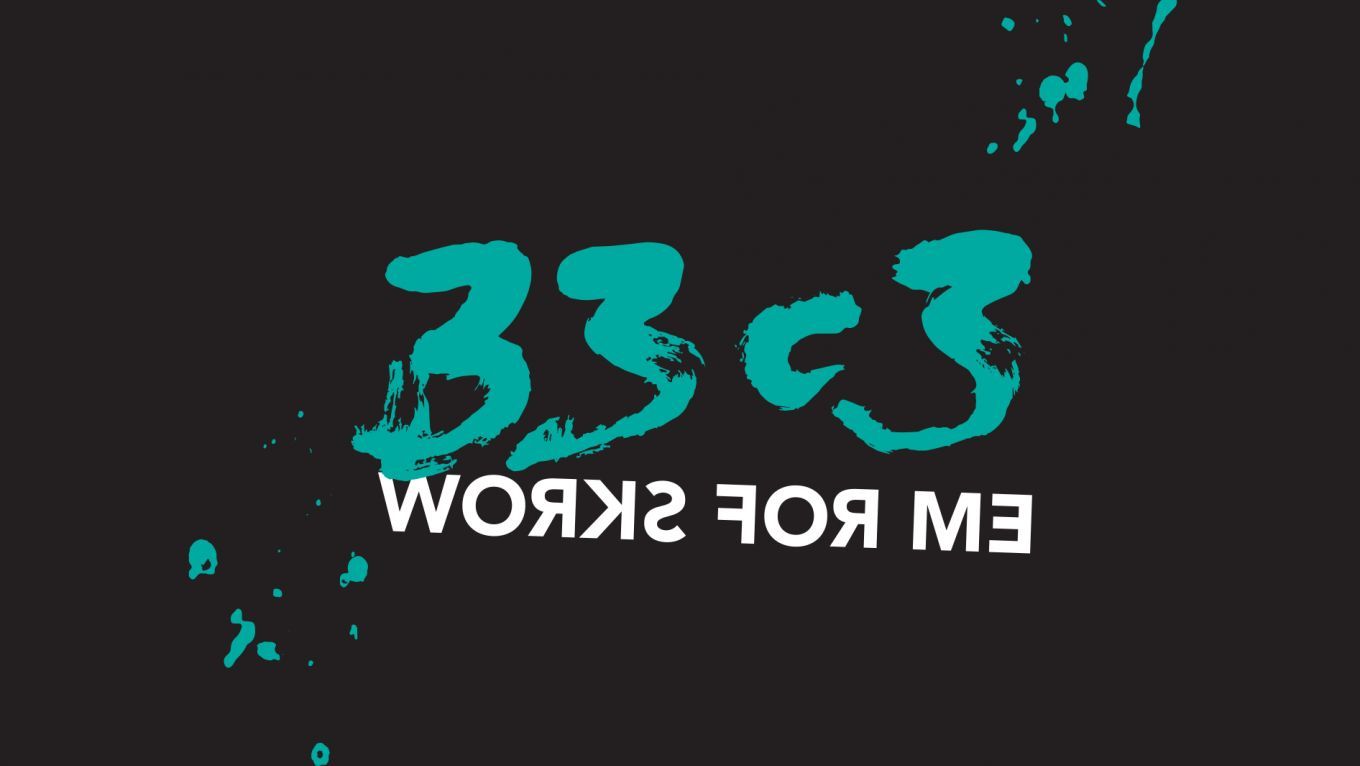Science
What's It Doing Now?
The Role of Automation Dependency in Aviation Accidents
Legend has it that most airline pilots will at one time have uttered the sentence "What's it Doing now?", whenever the autopilot or one of its related systems did something unexpected. I will be exploring some high-profile accidents in which wrong expectations of automation behaviour contributed to the outcome.
"Pilot Error" is often publicly reported as "the cause" of an accident whenever a member of the flight crew did something which had consequences for the chain of events. We maintain that there is never a single cause, and every mistake a pilot may make has causes, and other factors contributing to it. We use the notion of a "necessary causal factor" to investigate the causes of accidents, and almost invariable there is a combination of both technical and human causal factors.
I will look in some detail at accidents in which a combination of a technical problem, misleading or missing indications, and inappropriate (but often understandable) crew actions contributed to an accident, and also some in which unprecedented actions of the human crew turned a problem with potentially fatal consequences into a survivable accident.
Automation in modern airliners has become so reliable and useful that it may be argued that it leads to a deterioration of hand-flying skills and, perhaps more importantly, of decision-making skills.
Sample accident cases will include Asiana Flight 214, Spanair Flight 5022, Turkish Flight 1951, TAM Flight 3054 and others. I will also briefly touch on technical and ethical problems with self-driving vehicles highlighted by the recent Tesla crash as well as increasing automation in General Aviation and its consequences.
In conclusion I will look at ways to improve safety and maintain the very high standard currently achieved in commercial aviation.
Additional information
| Type | lecture |
|---|---|
| Language | English |
More sessions
| 12/27/16 |
What are the politics and aesthetics of mapping? An introduction how cartography shapes cities and landscapes, creates borders and determines the perception of our environment. How an evolving mix of high-resolution satellite imagery, algorithm-based mappings and the huge amount of data of digitized cities will enhance these effects? And in contrast, how can maps be designed, that question the “objectivity” and “correctness” of conventional cartography?
|
| 12/27/16 |
Artificial intelligence and machine learning are in a period of astounding growth. However, there are concerns that these technologies may be used, either with or without intention, to perpetuate the prejudice and unfairness that unfortunately characterizes many human institutions. We show for the first time that human-like semantic biases result from the application of standard machine learning to ordinary language—the same sort of language humans are exposed to every day. We replicate a ...
|
| 12/28/16 |
Jeder weiß ungefähr was ein Mikroskop ist und vielleicht hat man auch mal davon gehört das da immernoch dran geforscht wird – Stichwort Hochauflösungsmikroskopie (Nobelpreis 2014 in Chemie). Es gibt deutlich mehr Mikroskope in der professionellen Forschung als es Teleskope gibt, deutlich mehr – und da könnte man sich jetzt fragen: "Warum sehe ich so viele Bilder von Sterne, aber kaum Mikroskopiebilder von öffentlichen Einrichtungen und Stellen?". Um diese Frage zu beantworten will ich ...
|
| 12/28/16 |
Physicists are not computer scientists. But at CERN and worldwide, they need to analyze petabytes of data, efficiently. Since more than 20 years now, ROOT helps them with interactive development of analysis algorithms (in the context of the experiments' multi-gigabyte software libraries), serialization of virtually any C++ object, fast statistical and general math tools, and high quality graphics for publications. I.e. ROOT helps physicists transform data into knowledge. The presentation will ...
|
| 12/28/16 |
The Anthropocene is widely understood to mean the current <em>"period of Earth's history during which humans have a decisive influence on the state, dynamics and future"</em> of this planet. For several years, scientists in the <a href="http://quaternary.stratigraphy.org/workinggroups/anthropocene/" title="Website of the Working Group on the 'Anthropocene' (AWG)">Working Group on the 'Anthropocene' (AWG)</a> have <a ...
|
| 12/28/16 |
Applied IT security is largely a science-free field. The IT-Security industry is selling a range of products with often very questionable and sometimes outright ridiculous claims. Yet it's widely accepted practice among users and companies that protection with security appliances, antivirus products and firewalls is a necessity. There are no rigorous scientific studies that try to evaluate the effectiveness of most security products or strategies. Evidence-based IT security could provide a way ...
|
| 12/29/16 |
Used in cell phone technology, bluetooth devices, and WiFi, Frequency Hopping Spread Spectrum (FHSS) is often said to have been invented in the early 1940s by none other than Hollywood actress and sex symbol Hedy Lamarr. This talk will present the undeniably entertaining history of a well-known actress moonlighting as a military inventor as well as give an overview of the 100-year-old history of frequency hopping and its past and present uses.
|

